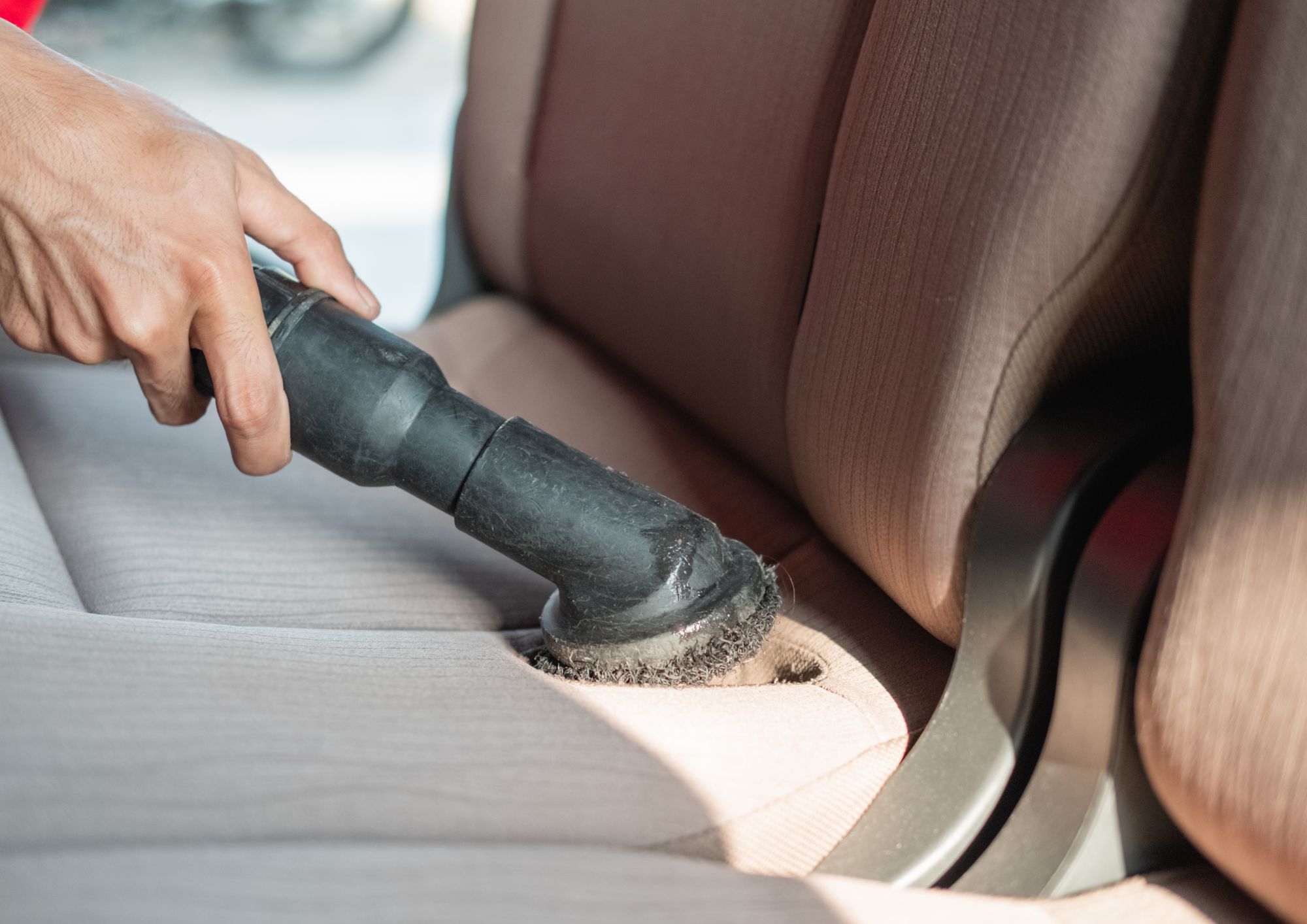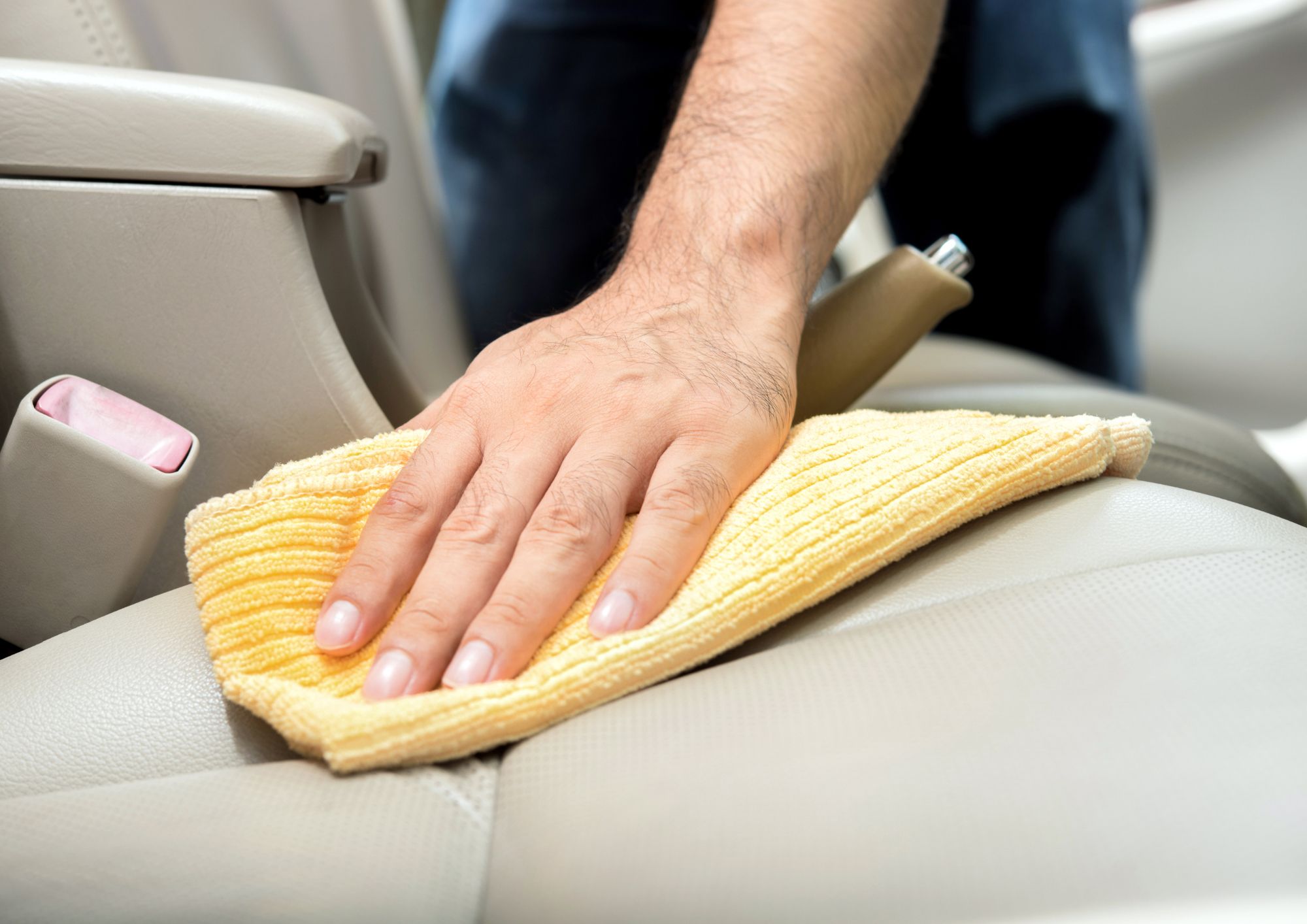Take care of your vehicle's upholstery with proper cleaning.
The seat cleaning Leather cleaning is a process that requires attention and the use of appropriate products to keep the upholstery in optimal condition. Although many people believe that cleaning leather seats is as simple as cleaning any other type of upholstery, the truth is that there are common mistakes that can lead to wear, cracks, and premature discoloration. In this article, we'll explore the most common mistakes when cleaning leather seats and how to avoid them to extend their lifespan and maintain their impeccable appearance.

Use of inappropriate products that damage the skin
One of the most common mistakes in the cleaning leather seats It's the wrong product choice. Many people choose to use all-purpose cleaners, dish soap, or even alcohol-based products, believing these will effectively remove dirt. However, these products can be highly aggressive and cause irreversible damage to the leather of the seats.
Consequences of using inappropriate products
• Dehydration and cracks: Leather needs to stay hydrated to maintain its elasticity. Harsh products strip the upholstery's natural oils, causing it to stiffen and crack over time.
• Loss of color: Some cleansers contain chemicals that can break down the skin's protective layer, causing permanent discoloration and staining.
• Rough and dull feeling: Using the wrong products can leave a sticky feeling or cause the seats to lose their natural shine.

How to avoid it?
• Use specific skin cleansers, preferably with a balanced pH.
• Avoid products that contain alcohol, ammonia, or harsh detergents.
• Opt for leather conditioners after cleaning to keep the upholstery moisturized and protected.
Excess water and how it can affect upholstery
Another common mistake in the cleaning leather seats It's the excessive use of water. Unlike other materials, leather doesn't absorb moisture well, and excess water can seep into the seat's internal foam, creating additional problems.
Why is excess water harmful?
• Decomposition of internal material: If water penetrates too deeply into the seat, it can cause moisture buildup, which over time can lead to mold and unpleasant odors.
• Loss of firmness: The inner foam can deteriorate and lose its shape, making the seat feel less comfortable.
• Weakening of the seams: Constant contact with water can weaken the stitching thread, increasing the risk of breakage.
How to avoid it?
• Use a slightly damp cloth instead of soaking the seat.
• Apply cleaning products with a spray bottle to avoid excess liquid.
• Dry immediately with a clean, dry cloth to prevent moisture from accumulating.
Mistakes when drying seats that cause cracks and wear
The drying process is as important as the own cleaning of leather seats. Many people make the mistake of letting their upholstery dry naturally without intervention, which can cause significant damage over time.

Consequences of improper drying
• Cracks and hardening: If the seats are dried in the sun or with hot air, the leather loses its flexibility and may begin to crack.
• Water stains: Failure to dry the upholstery properly can leave water residue that creates unsightly marks.
• Moisture accumulation: If moisture is trapped in the upholstery, it can encourage the growth of bacteria and unpleasant odors.
How to avoid it?
• Dry the seats with a microfiber cloth immediately after cleaning.
• Avoid direct exposure to the sun or the use of hot air dryers.
• Use a leather conditioner after drying to restore the upholstery's natural moisture.
Additional tips for maintaining leather seats
To ensure that the cleaning leather seats be effective and safe, it is important to follow some best practices:
• Regular cleaning: Don't wait until the seats accumulate too much dirt. Clean them at least once a month with appropriate products.
• Sun protection: Use sunshades or park in shaded areas to prevent skin from drying out from prolonged sun exposure.
• Frequent conditioning: Apply a leather-specific conditioner every two to three months to maintain the upholstery's elasticity and natural shine.
The cleaning leather seats It's a process that requires care and the use of appropriate products to prevent damage to the upholstery. Avoiding common mistakes such as using inappropriate products, using excess water, and drying incorrectly is key to prolonging the life of your seats and keeping them in optimal condition. By following these recommendations, you can enjoy impeccable, comfortable, and elegant-looking upholstery for much longer.